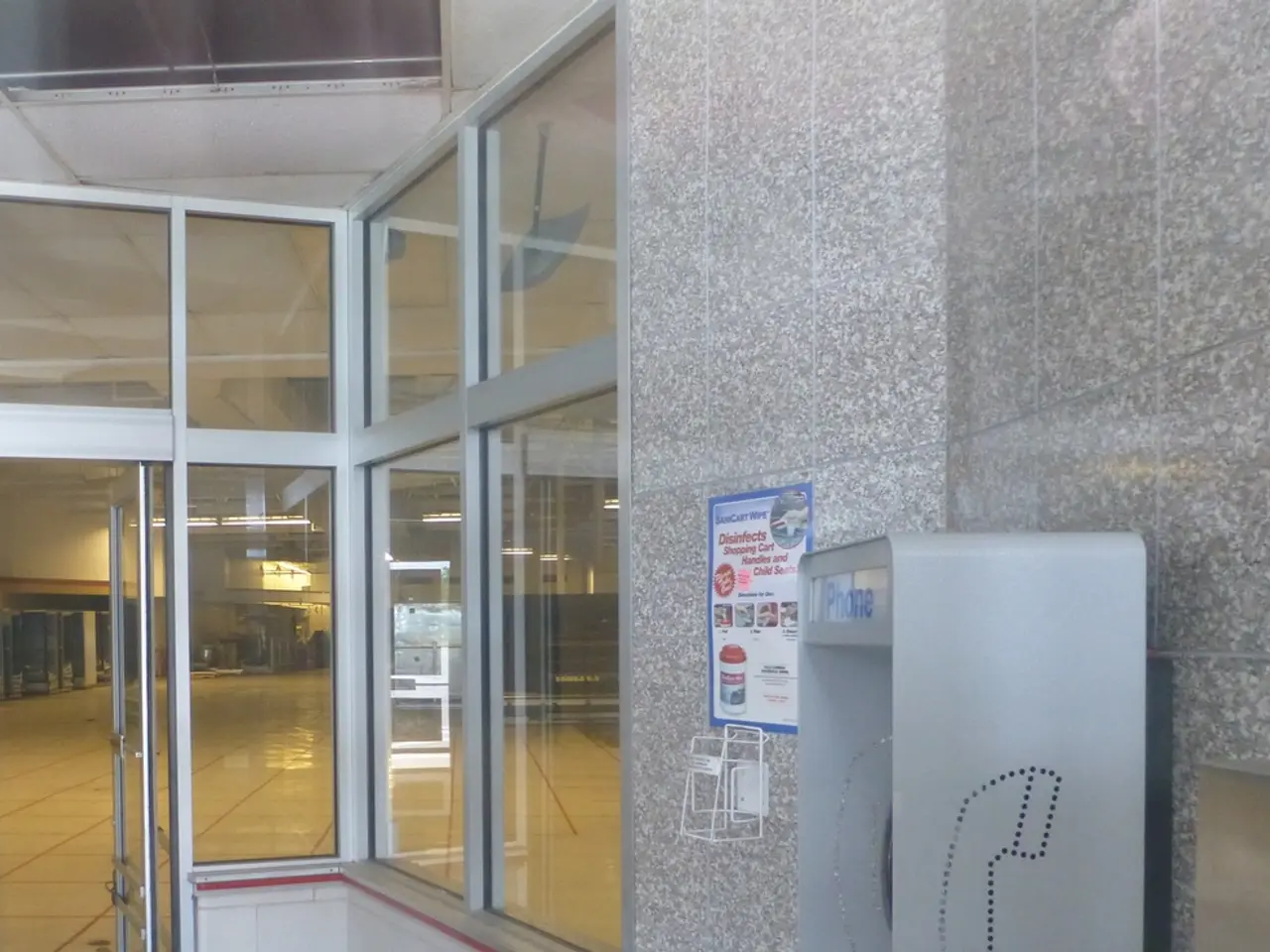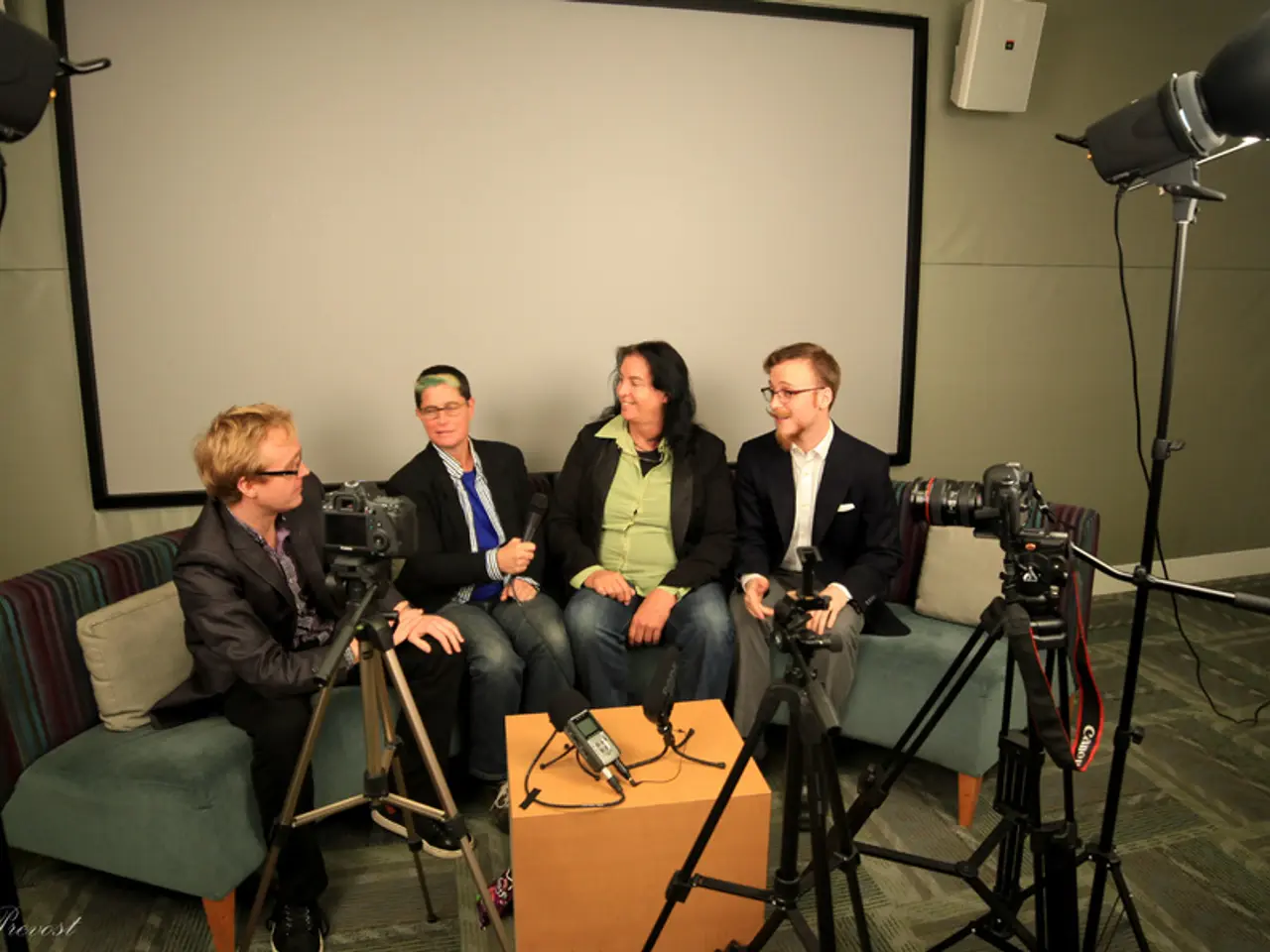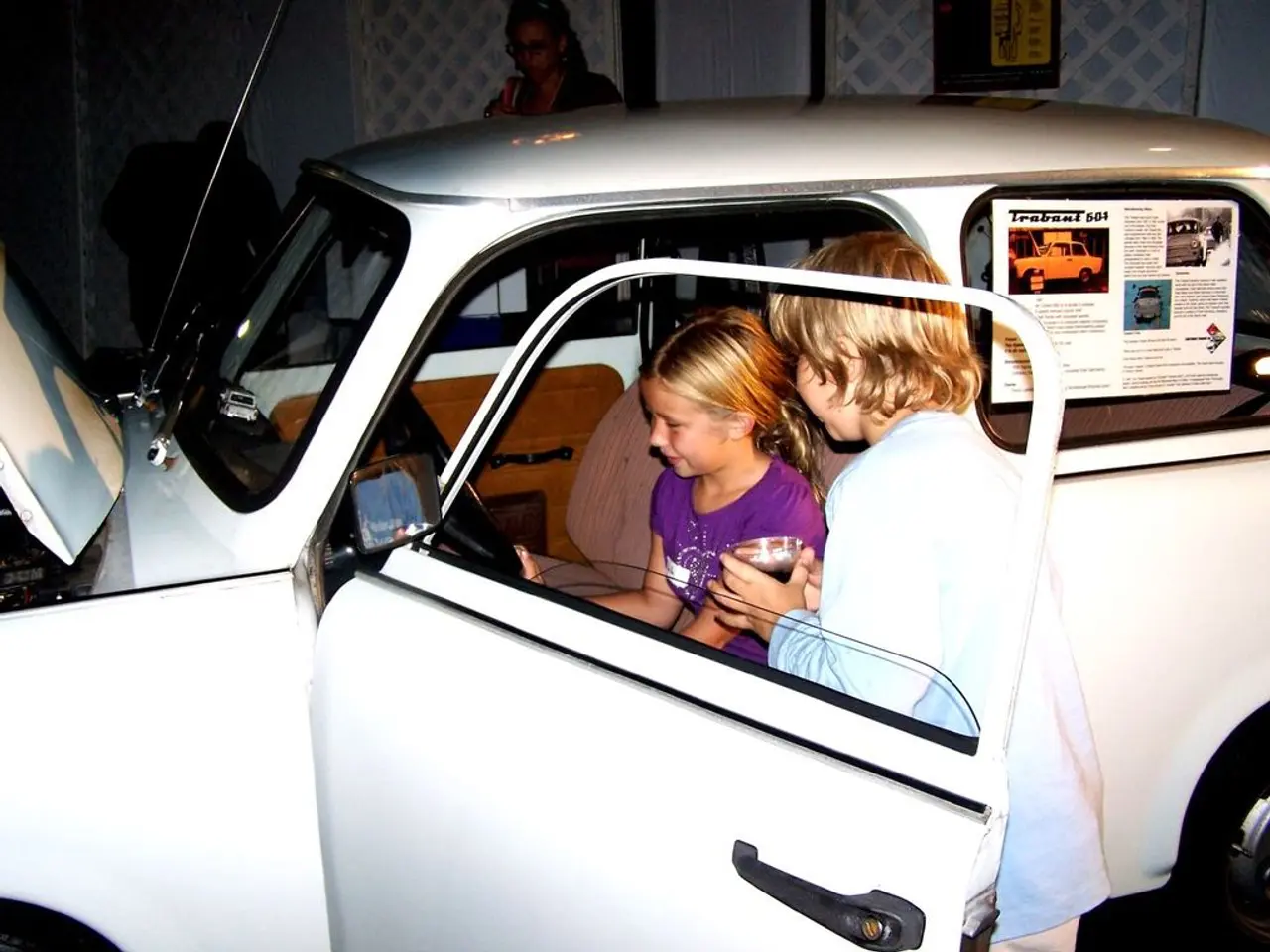Radon measurement program for private homes to be revived by the Environment Ministry; Secure your free measurement box now
Free Radon Measurement Program Launched in Northern Harz Region
A new initiative has been introduced in the focus regions of Burgenlandkreis, southwestern Saalekreis, and eastern Mansfeld-Südharz districts in the northern Harz region. The program offers 560 apartments a chance to measure their radon levels with free measurement boxes.
The program primarily targets the mentioned focus regions, but tenants and owners outside these areas can also register and will be placed on a waiting list. Interested parties can register online with Radonova Laboratories to receive their measurement boxes. Each apartment will receive two measurement boxes, called exposimeters, which work silently and do not require electricity. They are placed in the apartment for a year.
Radon, a naturally occurring radioactive gas, can cause lung damage at high concentrations. It is present everywhere in the ground, and authorities in the radon precautionary areas are responsible for informing residents about health risks and encouraging protective measures.
In the radon precautionary areas, owners and residents of existing residential buildings are recommended to voluntarily reduce radon concentration. For new buildings in these areas, builders must take architectural or technical measures to largely prevent radon from entering the building. Outside the radon precautionary areas, the obligation to prevent or significantly hinder the penetration of radon into new buildings also applies.
If the average annual radon-222 activity concentration in living or working spaces exceeds 300 Becquerel per cubic meter, action is needed. For workplaces in the radon precautionary areas, those responsible must measure the radon concentration in the basement and ground floor and take necessary measures to reduce concentration.
After a year, the change in the plastic inside the exposimeters is measured, and they are sent back in a prepaid return envelope. Participants receive the measurement result for their respective residence and information on whether any action is needed to protect their health.
More information on radon in Saxony-Anhalt can be found on the website of the Ministry of Environment, Agriculture and Energy. A corresponding map can be found in the Sachsen-Anhalt-Viewer. For detailed involvement and regional program specifics, contacting the environmental or public health authorities of the respective districts is advised.
To participate in such programs typically involves registering with the local health or environmental authority. Residents place detectors in ground-floor living spaces or basements for a certain period to monitor radon levels. After the measurement interval, the detectors are sent or returned for analysis, and the results are communicated to the participant.
Recommended measures when high radon concentrations are detected include increasing ventilation, sealing cracks and openings, and if levels remain high, installing sub-slab depressurization (ventilation systems below the floor) may be recommended. Conduct follow-up measurements after mitigation to confirm radon reduction.
For the most accurate and up-to-date instructions for residents on how to participate and act on elevated radon levels, visiting the websites or offices of the environmental or public health authorities of the respective districts is advised.
- This new initiative in the northern Harz region focuses on health and wellness, specifically addressing the issue of chronic diseases like cancer.
- The program aims to provide better workplace-wellness, ensuring a safe and healthy work environment.
- The process involves the use of medical-conditions data and therapies-and-treatments for dealing with high radon levels.
- Climate change and environmental science play a role in understanding the distribution and effects of radon.
- Mental health is also important, as chronic exposure to high radon levels can contribute to anxiety and stress.
- Skin care is relevant, as prolonged exposure can lead to skin irritations and respiratory issues.
- Participants can register online for the program, demonstrating the increasing digitization in our society, with data and cloud computing being integral.
- The free measurement boxes, called exposimeters, are silent and do not require electricity, showcasing advancements in technology.
- Radon, a radioactive gas, can cause lung damage at high concentrations, emphasizing the importance of health-and-wellness and cardiovascular health.
- The program encourages fitness-and-exercise by recommending increased ventilation as a mitigation measure.
- In terms of nutrition, a balanced diet can support overall health and help protect against the effects of radon.
- The industry, including finance and personal-finance, plays a role in funding such health-related programs and initiatives.
- Lifestyle changes, such as sealing cracks and openings, can help reduce radon levels in homes and workplaces.
- Food-and-drink, and home-and-garden choices can impact radon levels, as radon is present everywhere in the ground.
- Investing in industry solutions and treatments for reducing radon levels can contribute to business growth and development.
- Personal-growth and education-and-self-development require a focus on health and wellness, as a healthy body supports a healthy mind.
- Shopping choices can impact radon levels, as certain building materials may trap radon.
- Social-media platforms can disseminate information about radon and its health risks, promoting public awareness.
- Movies-and-TV shows often feature storylines related to medical-conditions and therapies-and-treatments, including cancer and radon exposure.
- Career-development in environmental science, medicine, and health-and-wellness can be enhanced by participating in such programs.
- Casino-and-gambling, while not directly related, can impact personal-finance and lifestyle, which in turn can affect radon exposure.
- Entertainment, including pop-culture and sci-fi-and-fantasy, can offer a means of escapism during challenging times related to health issues.
- General-news, crime-and-justice, and learning sites offer valuable information about radon levels, especially for those living outside the radon precautionary areas.
- Sports, including football, baseball, hockey, golf, sports-betting, basketball, racing, tennis, mixed-martial-arts, and others, can serve as a source of relaxation and stress relief.
- Weather conditions can affect radon levels, as pressure changes can influence the gas's movement.
- Detailed information about the program and radon in Saxony-Anhalt can be found on various online platforms and in the offices of environmental and public health authorities.
- For accurate and up-to-date information, residents are advised to consult the relevant district authorities or their official websites.
- The overall goal of such programs is to promote a healthy lifestyle, foster environmental responsibility, and protect public health, thereby enhancing the quality of life and personal-growth for all residents.




